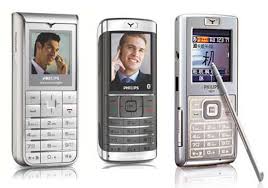
In Q3/2008, Nokia was the world's largest manufacturer of mobile phones, with a global device market share of 39.4%, followed by Samsung (17.3%), Sony Ericsson (8.6%), Motorola (8.5%) and LG Electronics (7.7%). These manufacturers accounted for over 80% of all mobile phones sold at that time.[14]
Other manufacturers include Apple Inc., Audiovox (now UTStarcom), Benefon, BenQ-Siemens, CECT, High Tech Computer Corporation (HTC), Fujitsu, Kyocera, Mitsubishi Electric, NEC, Neonode, Panasonic, Palm, Matsushita, Pantech Wireless Inc., Philips, Qualcomm Inc., Research in Motion Ltd. (RIM), Sagem, Sanyo, Sharp, Siemens, Sendo, Sierra Wireless, SK Teletech, T&A Alcatel, Huawei, Trium and Toshiba.[citation needed] There are also specialist communication systems related to (but distinct from) mobile phones





